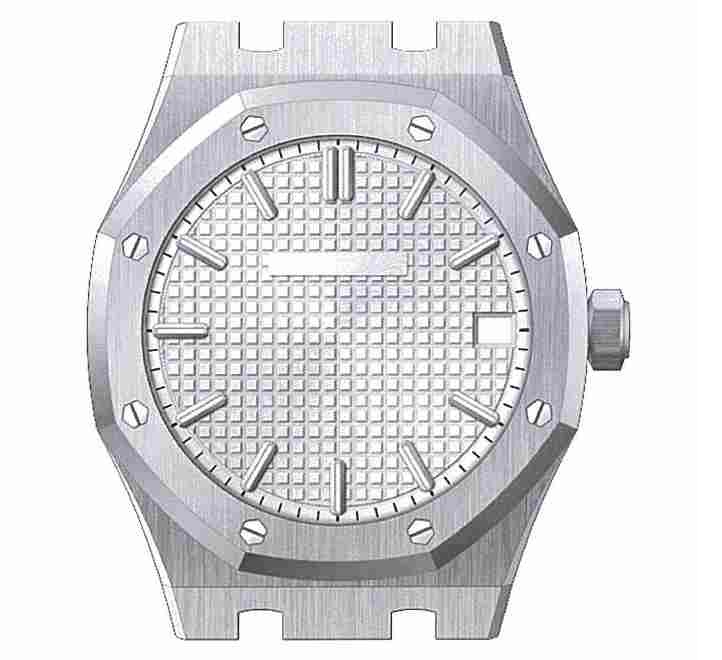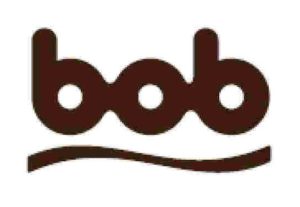On June 8, 2023, the Japan Patent Office (JPO) dismissed an appeal filed by Audemars Piguet Holding SA, a Swiss luxury watchmaker, and affirmed the examiner’s rejection of TM App no. 2020-20319 for a device mark representing AP’s iconic “ROYAL OAK” watch collection by finding a lack of inherent and acquired distinctiveness. [Appeal case no. 2021-013234]
Audemars Piguet “ROYAL OAK” Watch Collection
On February 26, 2020, Audemars Piguet Holding SA (AP) filed a trademark application for the shape of the flagship watch collection “ROYAL OAK” (see below) to be used on ‘watches’ in class 14 with the Japan Patent Office (JPO) [TM application no. 2020-20319].

The mark consists of a dial with tapisserie pattern and hour markers, minute track, date window, an octagonal bezel with 8 hexagonal screws, case, crown, and a lug of the famed “ROYAL OAK” watch collections.
On July 1, 2021, the JPO examiner rejected the applied mark due to a lack of inherent distinctiveness based on Articles 3(1)(iii) of the Japan Trademark Law by stating that relevant consumers would simply recognize it as a generic shape of a wristwatch, not a specific source indication. Besides, from the produced evidence, the examiner did not find the shape per se has acquired nationwide recognition as a source indicator of AP’s watches.
Appeal against the examiner’s rejection by AP
AP filed an appeal against the rejection on October 1, 2021, and alleged inherent distinctiveness as well as acquired distinctiveness of the shape in relation to watches.
AP argued the shape shall be considered inherently distinctive by virtue of a combination of three unique features, namely, (i) an octagonal bezel, (ii) 8 hexagonal screws, and (iii) tapisserie pattern on the surface of a dial. It is inappropriate for the examiner to negate the distinctiveness of the applied mark based on similar watches by third parties that imitate “ROYAL OAK” collections.
Allegedly, “ROYAL OAK” luxury watches have been promoted for sale in Japan since 1972. Annual sales exceed JPY 8 billion on average in the past six years. Each year, AP spent more than JPY400 million on advertisement and promotion in Japan. As a result of the substantial use of the shape on famous AP watches over four decades, even if the shape inherently lacks distinctiveness, it has acquired a significant role as a source indication.
JPO Appeal Board decision
In the decision, the Board held “There are plenty of wristwatches placed in the marketplace by many watchmakers that have a similar shape to the dial, bezel, case, crown, and lug of the applied mark (see below examples). Therefore, the shape, even if it does not contain hands and strap, is unlikely to indicate the origin of goods and distinguish them from competitors”. If so, the examiner’s findings are adequate and the Board did not find any error in applying Article 3(1)(iii) of the Trademark Law on the case.

Besides, the Board questioned if the shape per se has played a role in the source indication of AP’s watches regardless of admitting the presence of “ROYAL OAK” watches in the market for long years on the following grounds.
- Number of official stores, 11 is by no means numerous.
- The evidence did not suggest any transaction of wristwatches using the applied mark (namely, a watch without strip and hands)
- AP did not submit objective evidence to support the sales of “ROYAL OAK” watches
- Since AP did not make clear the market share of “ROYAL OAK” watches, it is impossible to compare them with competitors’ watches.
- Publications and internet articles pertinent to the “ROYAL OAK” watches always features literal elements “ROYAL OAK”, “AP” or “AUDEMARS PIGUET”.
- AP did not produce a market survey to demonstrate how many consumers can identify a source of the wristwatch from the applied mark.
Based on the foregoing, the Board found the applied mark has not acquired a certain degree of recognition as a source indicator of a specific entity among relevant consumers in relation to watches under Article 3(2), and decided to refuse the shape of AP’s “ROYAL OAK” watches.

